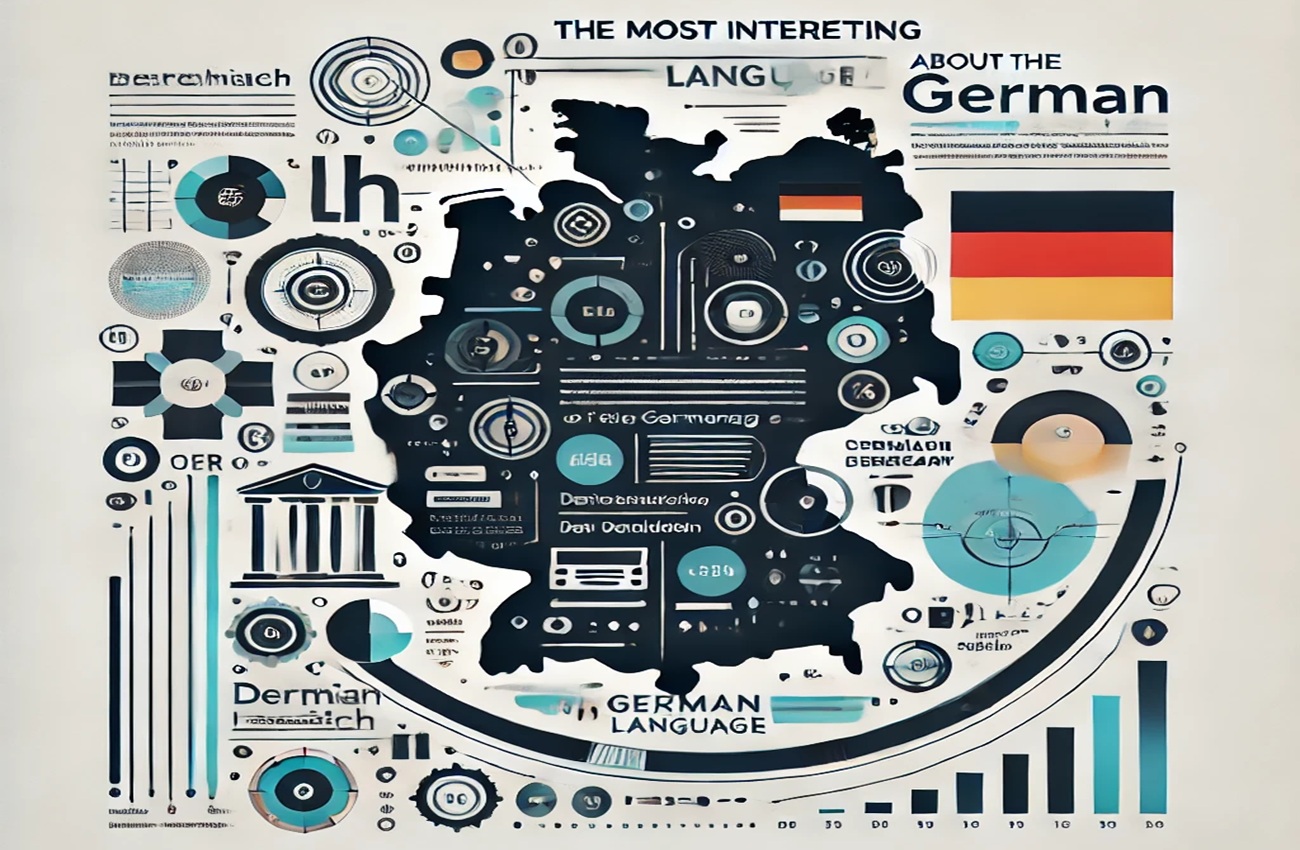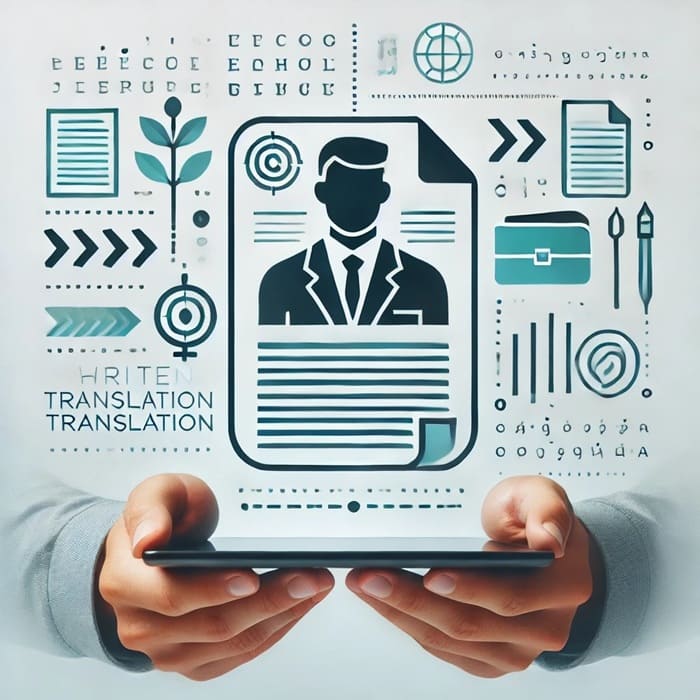The most interesting things about the German language
German is more interesting than you probably think. We’ve put together this short list of the most fascinating facts about Germany that you may have heard before but didn’t know in detail…
The challenges involved in a German to Spanish translation service and vice versa.
The German Language: Unusual but Very Interesting Facts
First of all, German is the language of Germans, Austrians, Liechtensteiners, and most Swiss. It is the official language of Germany, Austria, and Liechtenstein, and one of the official languages of Switzerland, Luxembourg, and Belgium. In quite a few countries, this language holds official status. Furthermore, German is one of the most widely spoken languages in the world after Chinese, Arabic, Hindi, English, Spanish, French, Portuguese, and Japanese. It is also the third most used language on the Internet. Additionally, German is one of the official and working languages of the European Union and other international organizations.
It is worth noting that this language belongs to the western subgroup of the Germanic branch of the Indo-European family. The writing system is based predominantly on the Latin alphabet, supplemented by three characters denoting umlauts (ä, ö, ü) and the ligature Eszett (ß). The oldest written records date back to the 8th century.
The German language originates from Proto-Germanic, which in turn stems from Proto-Indo-European. Changes in certain phonetic systems after the Second Consonant Shift led to its separation from other related Germanic languages. In the Middle Ages, the development of phonetics and morphology, lexical constructions, and the syntax of Middle High German and later Early New High German took place. Modern German, whose history begins around the second half of the 17th century, is also called New High German. The translation of the Bible by Martin Luther, the works of Johann Wolfgang von Goethe, Friedrich Gottlieb Klopstock, and Johann Christoph Gottsched, as well as the linguistic studies of Johann Christoph Adelung, the Brothers Grimm, and Konrad Duden, played a major and important role in its evolution. Thus, as we can see, later literary activity had a very positive impact on the formation and development of the German language.
A Bit of History of the German Language
The history of the German language dates back to the early Middle Ages, when the dialects of the ancient Germanic peoples began to interact, forming the basis for a common and inseparable language. The early development of German is directly related to Proto-Germanic, which originated from the hypothetical Proto-Indo-European language. The development of Old High German, which marks the first step toward Modern German, is associated with the Second Consonant Shift that took place in the 6th century.
The first stage of development, which lasted from the early 7th century until 1050, is called the Old High German period. About three centuries later (until 1350) came the Middle High German period. From 1350 to 1650, Early New High German developed, and from 1650 onward, New High German, whose development continues to this day. The exact dates of these periods cannot be precisely defined, so the boundaries are somewhat arbitrary. Furthermore, the process of German language development was not uniform, which predetermined many dialectal differences.
Modern German
The modern literary German language, in turn, developed on the basis of High German dialects. In contrast, individual German dialects (for example, Low German) that did not fully participate in the High German Consonant Shift or underwent different phonetic transitions have preserved their distinctiveness. In countries like Austria and Switzerland, local variants of German emerged, shaped by their own dialectal foundations and characterized by specific phonetic and grammatical features.
Some facts about modern German
As mentioned earlier, German is spoken not only in German-speaking countries but also in neighboring regions, such as eastern Belgium and northern Schleswig. Moreover, German plays an important role in Central and Eastern Europe — in Finland, the Netherlands, and Croatia.
At present, around 105 million people in Europe speak German as their native language, and about 80 million know it as a foreign language. Among the 11 official languages of the European Union, native language distribution (as a percentage of the total EU population) is as follows:
- German – 24%
French – 16% - English – 16%
- Italian – 16%
- Spanish – 11%
- Dutch – 6%
- Greek – 3%
- Portuguese – 3%
- Swedish – 2%
- Danish – 1%
- Finnish – 1%
Linguistic Difficulties of the German Language
When translating from German into Spanish and vice versa, it is necessary to take into account some specific and quite extraordinary features of the German language.
As in any language, the first difficulty for a translator is choosing the correct meaning of a polysemous word. Even the base form of a German word can have many meanings depending on the context. For instance, the German word “der Zug” can mean a train, a procession, a movement, or — in technical dictionaries — an air current, jet, exhaust seal, or tensile force. All these meanings are connected by a broad general concept that the translator must understand intuitively, not merely through dictionary memorization. At the same time, the need to find a more specific Spanish equivalent requires that the translator possess subject knowledge — especially when performing technical translations.
The difficulties inherent in both written and oral translation into German include, for example, the need to choose the correct past tense form. To express temporal precedence in German, a particular combination of verb forms is required, similar to tense agreement in English and unfamiliar to Spanish, which can be challenging. When translating from German, for instance, the complex system used to convey indirect speech — involving both the subjunctive mood and specific modal verb constructions — may cause difficulties (compare: “Er will es nicht getan haben” – He claims he didn’t do it; “Er soll es nicht getan haben” – It is said that he didn’t do it). Other infinitive constructions without Spanish equivalents can also pose challenges for translators.
German creates very special conditions for simultaneous interpretation. The German word order places the conjugated verb at the end of subordinate clauses. This means that the “semantic core” of the sentence, sometimes preceded by a cluster of secondary parts, appears only at the end — keeping the interpreter in suspense, forced either to guess the main verb’s meaning or risk making the translation sound unnatural to the listener.
These and many other features of the German language sometimes create additional challenges for translators and require not only specialized knowledge but also substantial translation experience.
Some Fun Facts about German
The difficulty lies in the lack of gender agreement in German words. The only reliable gender marker is the article (der, die, or das). Logically, this won’t help you determine the gender of a word: you have to look at the article, learn, and consult a dictionary. When translating into German, you shouldn’t rely too much on your intuition: you’ll have to repeatedly consult reference books and various textbooks. For example, in German, the words “book,” “song,” and “year” are all gender-neutral.







